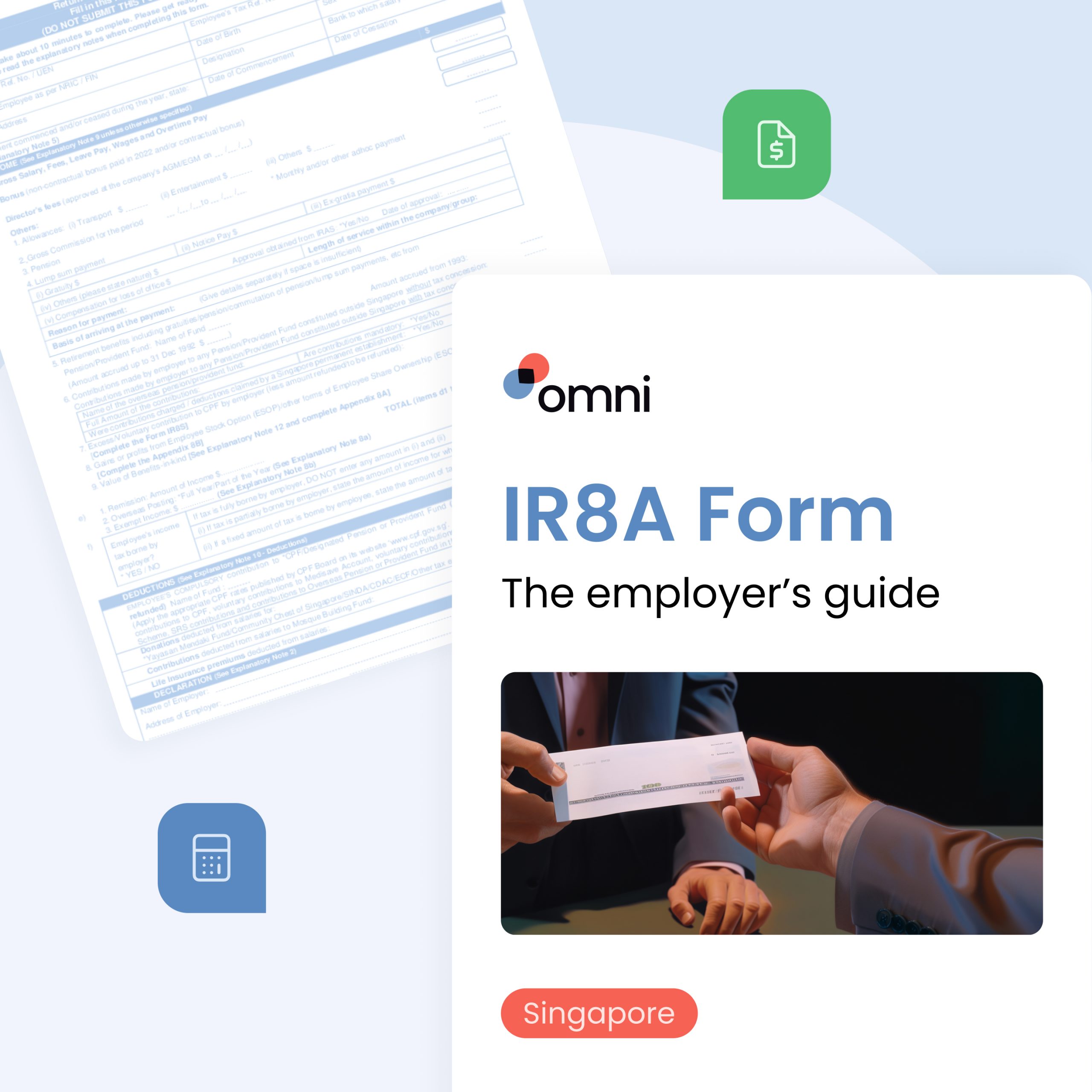- What are Quarterly Goals?
- The Importance and Benefits of Implementing Quarterly Goals
- Examples of Quarterly Goals
- The Relationship Between Quarterly Goals and OKR
- Why Your Organization Should Set Quarterly Goals
- Steps on Creating Your Quarterly Goals
- Elevate Your Performance Through Quarterly Goal Setting
The concept of goal-setting isn’t new to the workplace. Organizations across different industries and sizes commonly employ goal-setting as a means to achieve a variety of objectives.
Research shows that when a formidable goal strategy is in place performance and productivity spike to new levels.
However, the more ambitious and far-reaching the goals, the greater the challenges in achieving them. At the beginning of the year, businesses embark on annual strategic planning sessions with the aim of accomplishing visionary and transformative goals.
Poor implementation remains the major reason why companies fail to hit their targets. Quarterly goal setting presents a more effective and streamlined process that helps businesses move from strategy design to implementation.
In this article, we discuss what quarterly goals are, examples, and the necessary steps to creating them for your organization.
What are Quarterly Goals?
Quarterly goals are objectives typically set within a timeframe of three months. These goals break down larger strategic initiatives into manageable and measurable targets that can be achieved within a short period.
In every business year, quarterly goals are set for 90 days or 12 weeks, depending on how you see it.
This includes:
Q1: (January to March)
Q2: (April to June)
Q3: (July to September)
Q4: (October to December)
The Importance and Benefits of Implementing Quarterly Goals
Breaking down long-term vision
Employees tend to lose sight of long-term objectives over time. Breaking them down into smaller goals makes them more achievable and realistic.
Enhancing focus and clarity
Objectives achieved within a short time frame provide clear direction, and empower teams and departments to laser-focus on specific tasks and responsibilities with a clear understanding of their contribution to the larger vision.
Boosting motivation and engagement
Smaller milestones and frequent check-ins provide a sense of accomplishment and maintain momentum. This momentum keeps employees engaged and excited about their work.
Facilitating improved performance
At the end of each quarter, individuals and teams can assess the progress they’ve made, receive feedback and make adjustments as needed. This fosters a culture of continuous improvement and innovation.
Learn more:
Promoting agility and adaptability
Long-term goals are rigid and allow little to no flexibility but within a short time frame, organizations can adapt to changing market conditions and respond efficiently.
Strengthening communication and collaboration
Many quarterly goals require input and collaboration from different teams and departments. This naturally fosters increased interaction, knowledge sharing, and collective problem-solving, which is particularly crucial for enhancing communication in remote work settings. Teams learn to utilize each other’s strengths and expertise, fostering a more collaborative work environment.
Building a culture of accountability
Clearly defined short-term goals foster a company culture of responsibility and discipline within teams, ensuring everyone is aligned and working towards achieving specific, desired outcomes.
Examples of Quarterly Goals
Here’s what quarterly goal-setting would look like across these departments:
Marketing teams
Objective: Generate 15 leads through inbound marketing efforts
January: Develop and launch targeted social media ad campaigns.
February: Optimize website for lead generation.
March: Analyze marketing campaign performance and make adjustments.
HR teams
Objective: Reduce employee turnover rate by 15%
January: Conduct employee satisfaction surveys.
February: Implement mentorship or coaching programs.
March: Monitor employee engagement and address concerns.
By focusing on one key task per month, each department can make steady progress toward achieving their goals.
The Relationship Between Quarterly Goals and OKR

Objectives and Key Results (OKR) are a proven methodology used by leading companies to track and manage goals.
They help teams and individuals clearly define what they want to achieve (objective) and how they will measure progress (key results) within a specific time frame, such as a quarter. This clarity ensures that everyone is aligned on the goals and working towards the same outcome.
For example, If a company’s quarterly goal is to build their marketing channels to help grow their brand, this could be translated into an OKR as follows:
Objective: Make the company’s YouTube channel go viral within the first quarter.
Key Result 1: Generate 100,000 views on our YouTube channel
Key Result 2: Gain 10,000 new subscribers
Key Results 3: Get YouTube average click-through rate of over 5%
Here’s how you can break down your goals into objectives and key results:
- Choose 3-5 objectives. These are ambitious and inspiring goals — your team should be stretched and pushed beyond their comfort zones. To achieve alignment on every level, individuals and teams should have a good understanding of what the company is trying to accomplish, sit down with your team, and brainstorm key things you want to achieve over three months.
- Identify key results that align with the objectives. This should fall between 2-3 metrics. You should be able to measure your key results, so use numbers.
- Regularly review progress toward the key results and make adjustments as needed to stay on track. To help implement and manage OKRs effectively, there are goal-setting tools and performance management software available.
Why Your Organization Should Set Quarterly Goals
Competitive advantage: Quarterly goals allow organizations to stay ahead of competitors by implementing timely initiatives and capitalizing on emerging opportunities.
Customer Focus: With the aid of quarterly goals setting, organizations stay focused on meeting customer needs and expectations by setting specific targets for product development, service delivery, and customer satisfaction. A software company aiming to enhance user experience would use this goal-setting method to release new features based on customer feedback every three months, ensuring that product development remains customer-centric.
Employee development: Opportunities for skill development and growth arise when quarterly goals are in place. Employees can work toward achieving challenging objectives within defined time frames.
Financial planning: Quarterly goals assist in financial planning and budgeting by breaking down revenue targets, cost-saving measures, and investment priorities into manageable chunks.
Strategic Alignment: Quarterly goals ensure that day-to-day activities are aligned with the organization’s long-term strategic vision and objectives.
Steps on Creating Your Quarterly Goals
1. Determine your objectives
You have to begin by defining your overall goals and objectives. What are the main things the company wants to achieve in the coming year?
Here are some common examples:
- Launch a new product into the market
- Increased revenue
- Improved customer satisfaction
Remember to start small, most of the objectives outlined are important but not all are crucial. Analyze critically and set up a system or a screening process to simplify and prioritize your business objectives.
2. Set SMART goals
Ensure your objectives follow the SMART framework. This framework guides your goals and makes sure they are reachable.
Specific: Avoid setting vague and generic goals, clearly define what the department wants to achieve.
Measurable: Without the right metrics, it is difficult to assess whether you’re on track to reach your goal. Measurable goals must have numbers assigned to them against which you can measure progress.
Achievable: The target you set for each quarter must be realistic, considering your resources, capabilities, and market conditions. While ambitious goals might seem challenging at the start, they can become out of reach when they are not well-defined.
Relevant: One way to know if a goal is relevant is to assess its alignment with the organization’s overall objectives, mission, and strategic priorities. This means evaluating whether the goal contributes directly to advancing the organization’s broader purpose and long-term vision.
Time-bound: Define a clear timeframe for achieving the goals. Always include a start and finish date for the goals to be reached. The absence of time constraints can create a sense of complacency, making it easier to procrastinate and ultimately diminishing the likelihood of achieving the goal.
An example of a SMART goal for an organization would be, “Increasing gross profit by $50,000 in the next 12 months by gaining at least 10 new customers.”
3. Cascade goals across departments
In a business setting, the senior leaders or top management (C-level executives) set the goals for the year. From there, it is shared with departments, managers further break down the goals to employees. Make sure to get buy-in not only from leaders and stakeholders but also from employees. Involving everyone in this process increases commitment and provides alignment.
4. Develop action plans
Now that you’ve identified your objectives for each quarter, the next step should determine how you can get there. For each departmental goal, identify specific tasks, milestones, and deadlines needed for achievement. Use project management tools to track progress, manage tasks and facilitate collaboration.
5. Monitor and adapt
Have regular team meetings to monitor progress. Establish Key Performance Indicators (KPIs) to measure progress toward each goal and action step. Make sure to celebrate success and acknowledge challenges along the way. Adjust when necessary and restrategize for the next quarter.
Elevate Your Performance Through Quarterly Goal Setting

Setting quarterly goals serve as a powerful framework for obtaining organizational objectives, offering a structured approach to measuring progress and achieving goals.
In today’s dynamic work environment, the Human Resource Information System (HRIS) has become indispensable in effectively managing and aligning these goals.
Omni’s all-in-one employee management software empowers managers and People leaders to leverage automation, digitizing the people management process. Set and track quarterly employee goals, performance review cycles, and gain real-time, actionable insights on employee performance in one, easy-to-use platform.
Read next:
Book a demo with our team today to learn more about how Omni can help you transform your business and help your teams achieve their quarterly goals.


